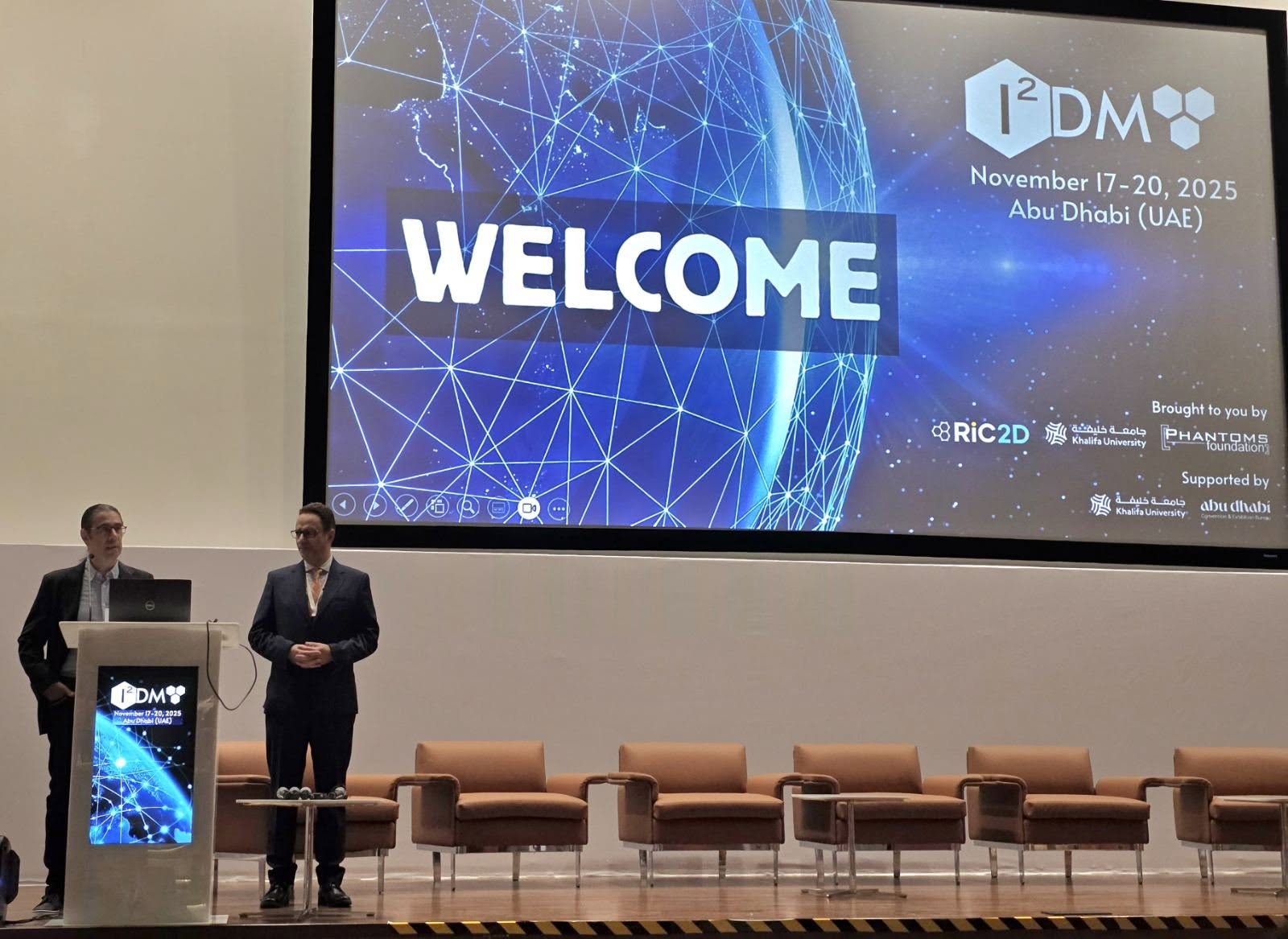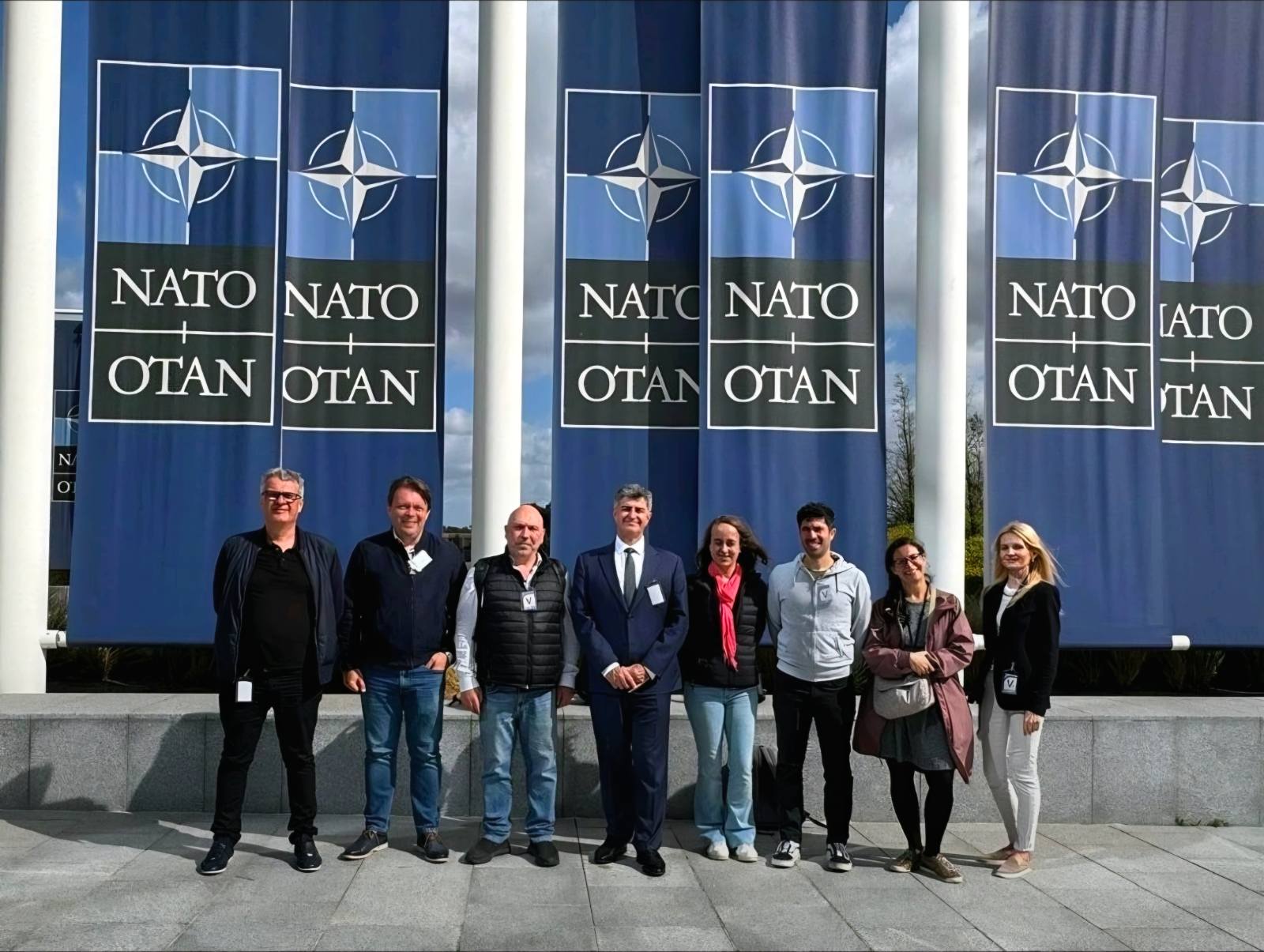 Patent Application: Highly Porous Max Phase Precursor For MXene
Patent Application: Highly Porous Max Phase Precursor For MXene
Inventors: Yury Gogotsi, Oleksiy Gogotsi, Iryna Roslyk, Veronika Zahorodna, Ivan Baginskiy, Robert Lord
Publication number: 20250136452
Publication date: May 1, 2025
Technical field: The present disclosure relates to the field of material science and to the fields of MAX-phase and MXene materials.
Abstract: A method, comprising: forming a porous MAX-phase material. A MAX-phase material, the MAX-phase material made according to the present disclosure. A MXene material, the MXene material formed by removal of the A-group element of a MAX-phase material made according to the present disclosure.
Type: Application
Filed: October 18, 2024
Publication date: May 1, 2025
Background: Since MXenes' discovery, obtaining porous MAX phase precursors, such as Ti3AlC2, for the synthesis of MXenes, such as Ti3C2, became an important task. The low-density MAX phase can be crushed into powder with little force and without extensive milling. This not only decreases the cost of manufacturing, but also avoids lattice distortion of the MAX phase and produces a higher quality MXene. Conventionally, MAX phases are produced by hot pressing, hot isostatic pressing, or pressureless sintering, as they were developed for structural applications requiring dense and mechanically strong materials. All those methods lead to hard and strong sintered bodies that require crushing and high-energy milling to produce a powder. A traditional approach to manufacturing porous Ti—Al—C and some other ceramics is to add different additives in the mixture such as NaCl that prevent complete sintering and can be removed during or after processing. However, any addition to the mixture can lead to contamination of the MAX phase and MXenes, as well as affect the stoichiometry, purity, and properties of the materials.
In this work we have optimized the synthesis of MAX phases for MXene manufacturing. The main purpose was to develop a porous Ti3AlC2MAX phase that can be easily ground into individual grains manually without time-consuming eliminating the need for drilling and intenseball-milling before MXene synthesis. Moreover, we also demonstrate the synthesis of highly porous Ti3AlC2 (about 70%) from an inexpensive raw materials.
Read more about this work:
Our new collaborative research paper with Drexel team on Porous Ti3AlC2 MAX phase enables efficient synthesis of Ti3C2Tx MXene

The main purpose of this study is to develop a porous Ti3AlC2MAX phase that can be easily ground into individual grains manually without time-consuming eliminating the need for drilling and intenseball-milling before MXene synthesis. Moreover, we also demonstrate the synthesis of highly porous Ti3AlC2 (about 70%) from an inexpensive raw materials.
#MAX-phase #MXenes #Patent



 Highlights
Highlights We are excited to share that our Carbon-Ukraine (Y-Carbon LLC) company participated in the I2DM Summit and Expo 2025 at Khalifa University in Abu-Dhabi! Huge thanks to Research & Innovation Center for Graphene and 2D Materials (RIC2D) for hosting such a high-level event.It was an incredible opportunity to meet brilliant researchers and innovators working on the next generation of 2D materials. The insights and energy from the summit will definitely drive new ideas in our own development.
We are excited to share that our Carbon-Ukraine (Y-Carbon LLC) company participated in the I2DM Summit and Expo 2025 at Khalifa University in Abu-Dhabi! Huge thanks to Research & Innovation Center for Graphene and 2D Materials (RIC2D) for hosting such a high-level event.It was an incredible opportunity to meet brilliant researchers and innovators working on the next generation of 2D materials. The insights and energy from the summit will definitely drive new ideas in our own development. Carbon-Ukraine team had the unique opportunity to visit XPANCEO - a Dubai-based deep tech startup company that is developing the first smart contact lenses with AR vision and health monitoring features, working on truly cutting-edge developments.
Carbon-Ukraine team had the unique opportunity to visit XPANCEO - a Dubai-based deep tech startup company that is developing the first smart contact lenses with AR vision and health monitoring features, working on truly cutting-edge developments. Our Carbon-Ukraine team (Y-Carbon LLC) are thrilled to start a new RIC2D project MX-Innovation in collaboration with Drexel University Yury Gogotsi and Khalifa University! Amazing lab tours to project collaborators from Khalifa University, great discussions, strong networking, and a wonderful platform for future collaboration.
Our Carbon-Ukraine team (Y-Carbon LLC) are thrilled to start a new RIC2D project MX-Innovation in collaboration with Drexel University Yury Gogotsi and Khalifa University! Amazing lab tours to project collaborators from Khalifa University, great discussions, strong networking, and a wonderful platform for future collaboration.
 MXenes potential applications include sensors, wound healing materials, and drug delivery systems. A recent study explored how different synthesis methods affect the safety and performance of MXenes. By comparing etching conditions and intercalation strategies, researchers discovered that fine-tuning the surface chemistry of MXenes plays a crucial role in improving biocompatibility. These results provide practical guidelines for developing safer MXenes and bring the field one step closer to real biomedical applications.
MXenes potential applications include sensors, wound healing materials, and drug delivery systems. A recent study explored how different synthesis methods affect the safety and performance of MXenes. By comparing etching conditions and intercalation strategies, researchers discovered that fine-tuning the surface chemistry of MXenes plays a crucial role in improving biocompatibility. These results provide practical guidelines for developing safer MXenes and bring the field one step closer to real biomedical applications. An excellent review highlighting how MXene-based sensors can help tackle one of today’s pressing environmental challenges — heavy metal contamination. Excited to see such impactful work moving the field of environmental monitoring and sensor technology forward!
An excellent review highlighting how MXene-based sensors can help tackle one of today’s pressing environmental challenges — heavy metal contamination. Excited to see such impactful work moving the field of environmental monitoring and sensor technology forward!
 Carbon-Ukraine team was truly delighted to take part in the kickoff meeting of the ATHENA Project (Advanced Digital Engineering Methods to Design MXene-based Nanocomposites for Electro-Magnetic Interference Shielding in Space), supported by NATO through the Science for Peace and Security Programme.
Carbon-Ukraine team was truly delighted to take part in the kickoff meeting of the ATHENA Project (Advanced Digital Engineering Methods to Design MXene-based Nanocomposites for Electro-Magnetic Interference Shielding in Space), supported by NATO through the Science for Peace and Security Programme. Our team was very delighted to take part in International Symposium "The MXene Frontier: Transformative Nanomaterials Shaping the Future" – the largest MXene event in Europe this year!
Our team was very delighted to take part in International Symposium "The MXene Frontier: Transformative Nanomaterials Shaping the Future" – the largest MXene event in Europe this year!  Last Call! Have you submitted your abstract for IEEE NAP-2025 yet? Join us at the International Symposium on "The MXene Frontier: Transformative Nanomaterials Shaping the Future" – the largest MXene-focused conference in Europe this year! Final Submission Deadline: May 15, 2025. Don’t miss this exclusive opportunity to showcase your research and engage with world leaders in the MXene field!
Last Call! Have you submitted your abstract for IEEE NAP-2025 yet? Join us at the International Symposium on "The MXene Frontier: Transformative Nanomaterials Shaping the Future" – the largest MXene-focused conference in Europe this year! Final Submission Deadline: May 15, 2025. Don’t miss this exclusive opportunity to showcase your research and engage with world leaders in the MXene field! We are excited to announce the publication of latest review article on MXenes in Healthcare. This comprehensive review explores the groundbreaking role of MXenes—an emerging class of 2D materials—in revolutionizing the fields of medical diagnostics and therapeutics. Read the full article here: https://doi.org/10.1039/D4NR04853A.
We are excited to announce the publication of latest review article on MXenes in Healthcare. This comprehensive review explores the groundbreaking role of MXenes—an emerging class of 2D materials—in revolutionizing the fields of medical diagnostics and therapeutics. Read the full article here: https://doi.org/10.1039/D4NR04853A. Congratulations and thank you to our collaborators from TU Wien and CEST for very interesting work and making it published! In this work, an upscalable electrochemical MXene synthesis is presented. Yields of up to 60% electrochemical MXene (EC-MXene) with no byproducts from a single exfoliation cycle are achieved.
Congratulations and thank you to our collaborators from TU Wien and CEST for very interesting work and making it published! In this work, an upscalable electrochemical MXene synthesis is presented. Yields of up to 60% electrochemical MXene (EC-MXene) with no byproducts from a single exfoliation cycle are achieved. Congratulations to all collaborators with this interesting joint work!
Congratulations to all collaborators with this interesting joint work!